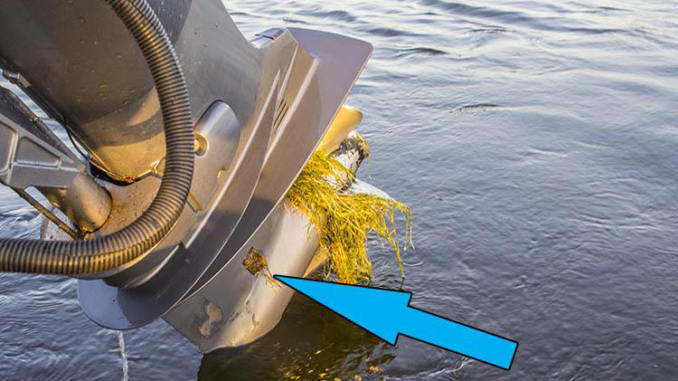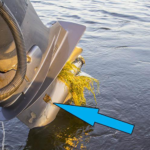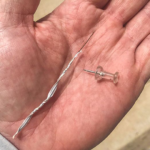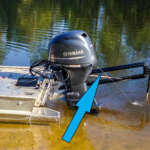
Steps to take when your motor’s cooling system gets clogged
We all want to have fun when we go fishing — not play mechanic out on the water.
So when your lower unit inevitably sucks up a fragment of marsh gunk, your motor will stop peeing. But what exactly is meant by “peeing?”
Outboard motors don’t use a closed-loop system for cooling, like our pickup trucks do. Instead, they are designed to use the outside water in an open-loop cooling system.
As you motor hums down the bayou, it picks up water, circulates it through cooling passages and then squirts it out via a “pee hole.”
The visual of that discharge stream pretty much matches, hence the term “peeing” when referring to an outboard’s cooling system.
But what if the outboard stopped peeing?
It could go into a “limp mode,” or worse yet, leave you stranded. Imagine being stuck in the marsh as the sun is going down and the mosquitoes are coming out. That ought to be enough motivation to keep reading.
Steps to take when the motor isn’t peeing:
1. Clear the water intake. It’s found at the “foot,” or lower unit of your outboard.
That may be all your motor needs to start peeing again. But if not, move on to step number two ….
2. Clearing the pee hole.
Fingernails won’t get the job done here. You have to use one (or both) of these tools: A thumb tack and/or a stripped twist tie (like from a loaf of bread.)
The thumb tack is stiffer, and does a great job of clearing clogs at the exit of the pee hole. The twist tie does a better job clearing clogs further upstream.
Conclusion
Incidents like a clogged pee hole are inevitable. It’s not a matter of “if” — but “when” it will happen. Now when it does, you’ll be prepared. So keep a thumb tack and an extra twist tie in your tackle box — you never know when you might need them to get home.
Tight lines, y’all.
Editor’s Note: Devin Denman is an avid inshore fisherman who writes the Louisiana Fishing Blog. To read more of his articles, visit lafishblog.com





